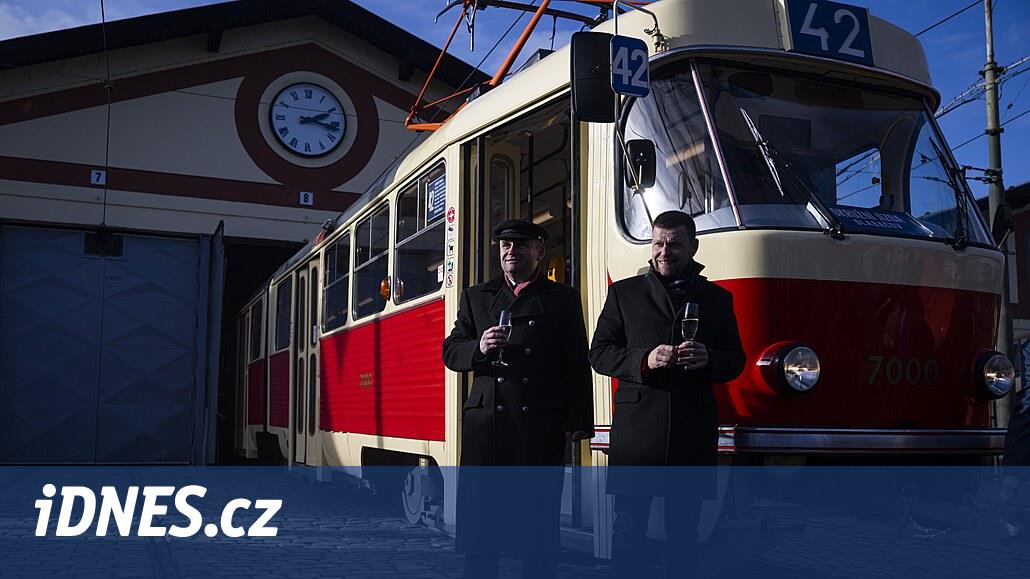The old road in Rakovnicko issued discoveries of European significance to archaeologists
Last year, an exhibition buckle decorated with gems and a ring dating from the second half of the 5th century AD appeared in Rakovnicko – these probably come from a hidden magnifying glass, while the perpetrators broke into three pieces, probably due to the division of prey – and this spring was nearby discovered a beautifully decorated gilded silver horse halter from the end of the 6th century. He must have lost someone.
Together, the two findings come from the old way. The actual journey and where it actually led is now the subject of research by archaeologists. Therefore, you do not want to specify the location from which the unique products come. They fear that the site could be damaged by curious people and gold diggers with metal detectors.
Mediterranean jewelry, stones from India
Deník received a diplomatic answer to the question of whether it is certain whether objects picked up from the country until recently, to which scientists attach at least European significance, will really remain in Rakovník. The National Museum is said to care about maintaining good relations with the Rakovník Museum. The director of the Rakovník Museum, Magdalena Elznicová Mikesková, is negotiating with the representatives of the Central Bohemian Region, who is its founder, about the millions of crowns needed to change the exhibition.
This will be the next issue for years. For the time being, an exhibition is being prepared, which should be on view next year from June to the end of November. The museum archaeologist Kateřina Blažková told the daily. With the proviso that a publication presenting a detailed examination of the findings and its results will be published for the exhibition. And the county does not sign up to allow the presentation of finds to be found. Václav Švenda (Allies / TOP09) likens their significance to the Central Bohemian Councilor for Culture, Monument Care and Tourism to the coronation jewels from the later Middle Ages.
Indeed, they also come from a similar background. In particular, the buckle, apparently handed over to some Mediterranean workshop working for the imperial court (perhaps in Constantinople or Ravenna) must have belonged to some king or communion of his closest ones; maybe envoys. The massive artifact made using sophisticated compartment technology is also decorated with cut Czech garnets (this is the oldest supplied use of Czech pyropes in jewelry), but also golden almandines (surprisingly not coming from relatively close deposits in the Alpine region: analysis has shown that they are from India and Sri Lanka. and three pieces of green glass.
Property of the most important nobles of their time
An extraordinary gem could not be worn by anyone but indeed only a few the highest-ranking persons of their time; it would be immediately obvious to the others that they do not belong to them, archaeologist Blažková told Deník. That’s probably why the people who got the jewelry didn’t hesitate to destroy themselves: they obviously only wanted gold. Archaeologists deduce from the finding that the gems and artistic value are uninteresting. Someone hid a bag with a broken buckle and a ring by the roadside – but no one came to pick it up.
The scientists speculate that it may have been prey from a stolen grave; to Rakovnicko only brought. If this assumption is correct, the buckle did not lie in the grave for long: someone broke something in the back to separate it from the skin to which it was originally attached…
Also, the slightly younger decorative halter curtain, apparently accidentally lost, is unique. The demanding decoration with a helmet cutter in the form of helmets is comparable only to the finds from the so-called Vendel period in southern Scandinavia and England. The former trip to the Rakovnicko region, which Blažková revealed only that looking for it in the Křivoklát forests would be a mistake and is located elsewhere in the region, must have been of truly extraordinary importance at the time. Like the target she led to. Do archaeologists know anything more? “We suspect, but we will not reveal it yet,” Blažková told Deník.



